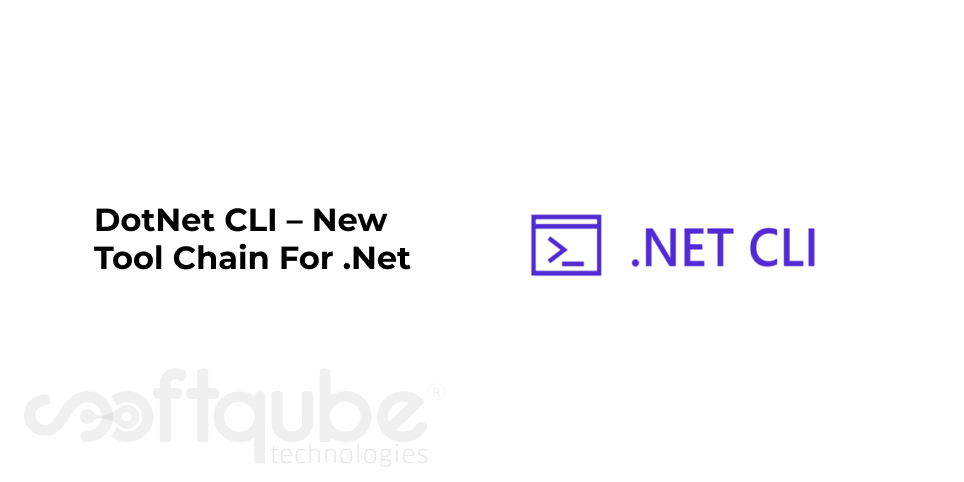DotNet CLI – New Tool Chain For .Net
February 26, 2016

Asp.net; as we all now are aware is a programming language; similar to PHP that is used for developing applications as well as websites. However, it is very much different from PHP; both are used for development purposes.
Few months later, this new tool chain was announced at a conference with functionality of native compilation of .net for Linux. What this tool chain and how it is useful? This blog post says it all.
What is DotNet CLI?
This new tool is now called DotNet and is known as DotNet CLI so that it is not misunderstood for .NET. This new tool; changes the way applications developed using ASP.net Core 10 are handled. More features can be added which means that it is as creepy as it seems in RC1.

This is available for Windows, Mac and Linux. One needs to learn every new technology that is available in the market and learning experience is one of the most crucial factors here that is solely responsible for success.
The more easily you master the basics; the more likely people will know it. You can find examples everywhere such as jQuery library as well as the easiness to grasp the web pages model. Yes, sometimes you may find them boring but overall it is necessary to understand hard terms like run time, execution and more.
DotNet is been separated from various tools like as DNX and DNU. Installing NodeJS, Python and Mono is different from that of DNX. It is very simple but not elegant as installing the entire package with package manager.
The alignment is to be resolved by Microsoft’s teams. The DNX and DNU are developed under another account.
Is there any need to care about DotNet CLI?
This view point highly depends on your position. Let’s say if you wish to see things from a craftsman’s view then you will find everything is as it is – the same suite along with Visual Studio where deployment scripts are to be taken care of by someone else.
Everything viz. MVC framework, Razor, EF and other frameworks remain the same. If you are one of those who is responsible for the project such as end to end planning and execution then changes will definitely affect you. It is advisable to avoid the layering and factorization in depth.
Commands have changed:
Commands here are replaced by composition model as well as set of APIs. Entity framework, XUnit and other such stuff that currently are running as commands can change direction. Commands serve as another entry point.
If you have not used any deep commanding features then most of these can be converted into simple console apps.
For every developer; today it is necessary to adopt DNX, DNU and DNVM as compared to .NET.
In a nutshell, we can say that this new tool is to be used for:
- Better layering of .Net ecosystem
- Better factored as it has composition model which
Allows Second Level Commands.
- Single tool
- Can be set up easily on Mac or Linux.
- No unnecessary confusions between DNX, DNU
and DNVM
- Native Compilation
- Easily Bootstrap new application
This tool chain replaces DNX and DNU with certain source codes being copied. It doesn’t perform any complex builds. This is a first level command that has second level commands like as compile, publish, run and pack.
So, with this tool chain one can remove commands, replace APIs, and gain high code compatibility along with existing tooling rewrite.
Take Away:
Hope this blog post offered perfect information about this new tool chain. Need further updates about ASP.net then stay connected with Softqube Technologies offering cost effective asp.net application services.
Share on







